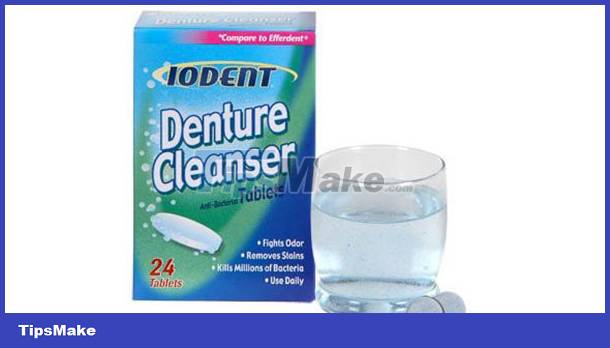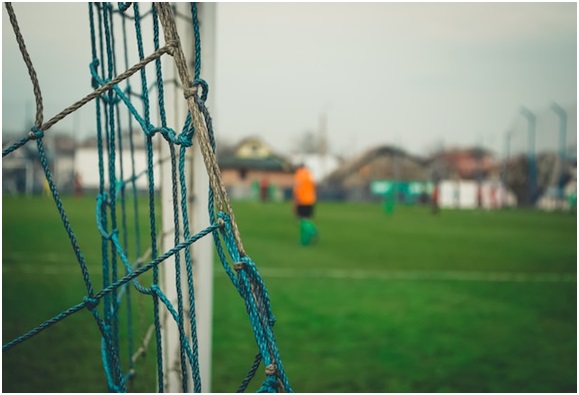How to clean the residue in the water tank
The water bottle you carry with you may seem like it can be trusted to keep you healthy, but that's only if it's clean. But many people don't think about cleaning their water bottles before reusing them. Often, many people will take the last sip of water, then refill the water and sip a few more times.
The inside of the water bottle is a humid environment, bacteria can accumulate in the water tank in a humid environment and surely no one wants to drink water containing bacteria, it can potentially lead to symptoms such as nausea, vomiting. vomiting and diarrhea.
If the water tank has a lid and a straw, you should clean it regularly. E.coli bacteria that cause gastroenteritis and food poisoning or even mold can live inside.
Whether your water tank is stainless steel, plastic, or made from another hard material, it's important to clean it at the end of each day. The problem, however, is that most people just rinse it off with water. While inside and at the bottom of the bottle there is still a lot of residue.
Here are some ways to clean the residue in the water tank.
 How to clean the residue in the water tank
How to clean the residue in the water tank
first
Soap and water
Washing the water tank with dish soap and hot water is a safe and effective cleaning method. Be sure to wash and dry with a clean towel or paper towel to avoid getting infected with any other harmful bacteria.
2
White Vinegar
Vinegar can also disinfect your water bottle. Use diluted vinegar, which kills most bacteria - not Viruses.
Fill one half of the pitcher with white vinegar and fill the other half with water. Make sure you use about 1/4 cup of vinegar. Close the water bottle and leave it overnight, then wash it off the next morning.
3
Hydrogen Peroxide - Hydrogen Peroxide 3%
If the inside of your water tank has a strong odor, you can clean your water tank using this method. This is the most commonly used method of sterilization.
Clean the water tank and lid thoroughly with soap and water, then rinse with hot water. Pour about 1/4 cup of hydrogen peroxide - 3% hydrogen peroxide into the water tank and close the lid tightly. Shake the water bottle vigorously, then pour out the hydrogen peroxide and rinse thoroughly with water.
4
Fake whitening pills
Fill your water tank with water then drop the denture cleaning tablets as directed on the package and let sit for at least 30 minutes. Finally, you just need to rinse your water tank.
 Fake whitening pills
Fake whitening pills
5
Dishwasher
Many types of water bottles are dishwasher safe, but you should check to see if it says so. You can wash the water tank in the dishwasher with the hottest water setting, and the drying cycle kills germs. The water bottle must be completely dry before you reuse it because moisture can be a breeding ground for germs.
You should read it
- How to Clean an RV Fresh Water Tank
- How to choose a hot and cold bottle to suit your needs
- How to Clean a Boat Water Tank
- The magic vase kept 'drinking up'!
- Installation instructions for Son Ha water tank
- What causes a hot and cold bottle to leak?
- Common problems on the heater and how to fix it
- Is the water you use everyday really clean?
- Decipher the mystery behind the 'water bottle flipping' trick that is causing the world 'storm'
- New technology removes salt from water with the lowest energy consumption
- Create sponge that can boil water
- Water bottles are safe for your health? Glass bottles, plastic bottles or metal bottles?






 How to Clean an RV Fresh Water Tank
How to Clean an RV Fresh Water Tank How to Clean a Boat Water Tank
How to Clean a Boat Water Tank Installation instructions for Son Ha water tank
Installation instructions for Son Ha water tank How to Clean Tape
How to Clean Tape How to choose a hot and cold bottle to suit your needs
How to choose a hot and cold bottle to suit your needs Common problems on the heater and how to fix it
Common problems on the heater and how to fix it